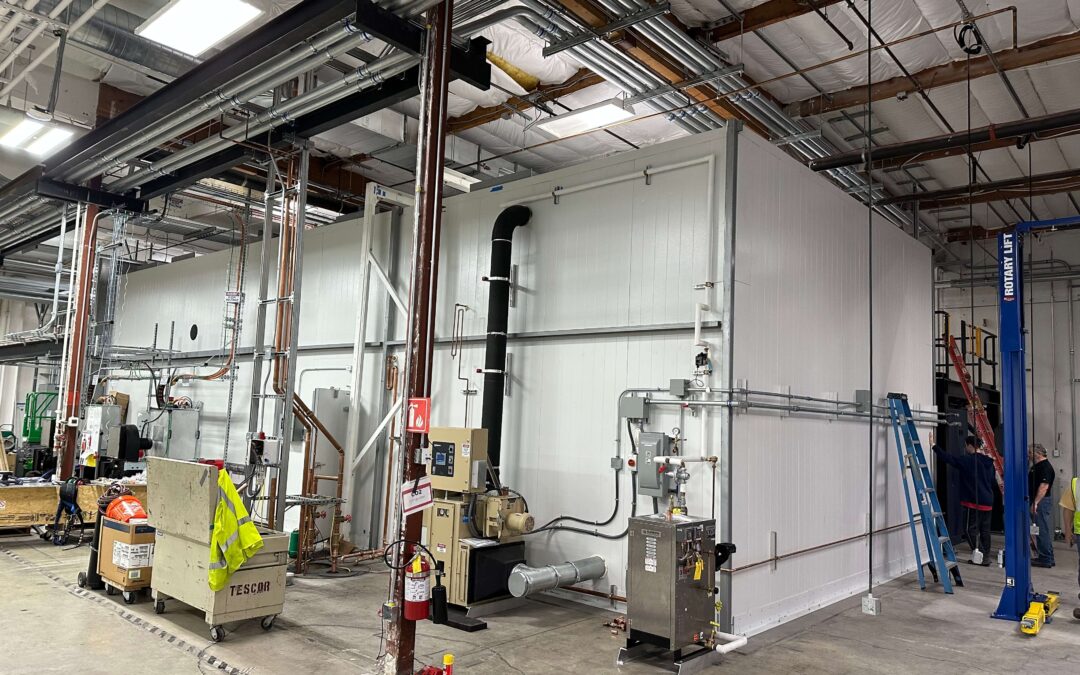Link Engineering announced the new Model 5002 Residual Drag Tailstock system. The new system provides an increased drag torque full scale range of 70 N•m, and over 5000 N•m of dynamic torque while braking.
The Model 5002 Residual Drag Tailstock provides the ability to accurately measure both “brake-on” and “brake-off” torque. This combination of accurate measurements in both ranges allows the execution of all dynamometer brake drag measurement procedures in the industry. A traditional reaction-type torque transducer is used for measurements when the brake is in use. When the brake is not in use, the residual drag of the brake assembly can be measured by a drag measurement mechanism compatible with very small drag levels. The total accuracy is within 0.1% FSR for the entire range, and within 0.05% FSR for measurements below 10 N•m – the range where most of actual drag torque happens.
By design, the new system can fit multiple dynamometer configurations. It can be an upgrade to existing performance dynamometers, and can be specified as part of new LINK performance dynos. To accommodate a wide variety of test fixtures, the tailstock assembly is adjusted along the T-slotted ways with a rack and pinion. Proper tailstock alignment is maintained by four cam followers that track along the inside of the ways. The tailstock slides on bronze-coated, steel wear plates with self-lubricating graphite plugs. During dynamic braking, the high-precision brake drag measurement system is automatically isolated from the brake with hydraulic locks. An adapter from the torque cell to the standard Link fixture interface is provided.
A key requirement for accurate brake drag measurement is the ability to avoid side forces on the hub/bearing assembly. The Link 5002 system accomplishes this by a high-torque constant-velocity drive shaft which also allows axial displacement induced by braking or axial run-out. Without this additional functionality and unit, drag torque measurement errors induced by the driving system may compromise the accuracy and validity of the test results.
For further details and to learn how to incorporate brake drag measurement into your current product development and testing activities, please call us at +1-734-453-0800 or email us at sales@linkeng.com.



